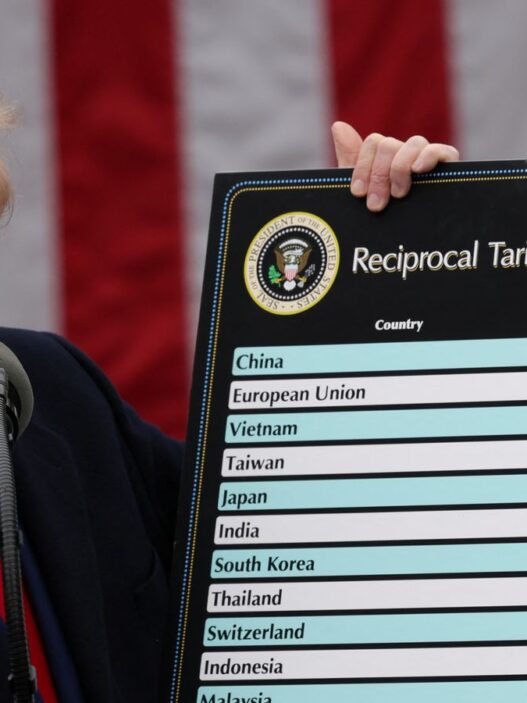Financial advisors sold her an unlisted debenture, promising good returns. When it came time for her to pay for her daughter’s fee, she found that the investment was illiquid. Later, she told the PPFAS team that she had no other option but to sell units in the PPFAS flexi-cap scheme to pay for her daughter’s college.
Khushboo Joshi, chief wealth officer of PPFAS Wealth, told Mint that over the years, they have encountered many such cases of misselling from their mutual fund clients. Now, they want to go a step further and start a wealth management division to solve these issues. The game plan is to replicate the core philosophy that has driven their fund management business over decades.
“While clients were seeking financial doctors, they usually came across financial chemists who sought to cure by providing whichever medicines they had in stock, rather than the medicine best suited for the client,” said PPFAS Wealth on its website. “PPFAS Wealth aims to be that financial doctor who will prescribe the solution most suitable to the client.”
Edited excerpts:
Why launch it now?
The thought of starting a wealth management division came three years ago. Our mutual funds were gaining traction, and we had built up trust over the course of seven to eight years. Some of our clients just happened to come to us and showed their portfolios. We suggested a few things, but we were not allowed to give advice as we were not registered as advisors. However, they wanted us to manage their entire personal finance since they trusted us with their mutual funds.
We also noticed that many people had unknowingly invested in lock-in products, and a few portfolios had crazy hidden fees. That’s when we thought we should start our own wealth management division, following the same principle of transparency that we inculcated in our mutual funds.
What sets this wealth manager apart?
We will charge clients directly and not from the product manufacturers. This ensures our interests are aligned with clients. People hesitate to pay upfront fees, even if it’s a small amount compared to the inbuilt fees that many products have. Honestly, we are not in a rush and want to grow responsibly.
Many things can go wrong when there are sales targets. I think, one key factor that will help us succeed in this business is not having targets, and we don’t intend to pivot. We’ve also never had a sales target in our asset management business.
What’s the structure of the wealth management business?
We’ve had a portfolio management services (PMS) licence for a long time. We will be offering our advisory services through the PMS licence. We will do it through the non-discretionary route. It simply means that whenever we want to take any action on the portfolio, we will first inform you and mutually decide. We are also considering the registered investment advisor licence, but for now, the PMS licence lets us do what we want. Execution can be done at our or the client’s end; the choice is theirs.
What’s the fee structure?
We will cater to individuals or families with a net worth of ₹10 crore or more. This excludes physical assets and things like real estate and jewellery. We want to have a bird’s eye view of their portfolio and give holistic financial advice.
When we lack the expertise to handle a certain situation, we will suggest that the client get help from one of our partners. Although we will monitor and ensure the client gets the right deal, the client will pay the third party directly for such services. We will not get referrals or anything out of this relationship.
The invoicing will be between the client and the service provider, but we will be assisting in all other aspects. To give you an example, if we tell a client to buy property insurance from an agent, we will ensure they don’t end up cross-selling any other kind of insurance product.
Net worth is also not the only criterion for fees. We charge based on how much work will go into a client’s portfolio, which is subjective to an extent. In fact, five clients came to us, and we told them that they have very simple and good portfolios and don’t need us for now.
It is almost impossible to create boxes with different fees because everything has different needs, and we tailor it accordingly. When we sign agreements, we tell our clients upfront what we will be charging for, let’s say, three to five years. We want to give clients visibility into what we will be charging for these many years. Even if the asset under management (AUM) goes up within this period, we will only take the fixed fee.
Our main task is sorting out the portfolio for the first year. After that, we do not want to have meetings with our clients every week just like you don’t have a meeting with your doctor every week. The less you see us after the first year, we believe it is better. If anything, new comes up, we will come back to the table again and discuss.
The people behind PPFAS Wealth?
Although I worked in the wholesale banking team and was the director at Bank of America until 2024, PPFAS has been family to me. I have been married to Neil Parikh for 13 years and have had the chance to interact extensively with Parag Parikh and understand his ideology. Jayant Pai, our financial planner, first joined PPFAS in 2005-07 and joined again in 2010, and has been with us since. He was earlier the marketing head of PPFAS AMC. Rohil Gandhi, who is the principal officer and fund manager in charge of research, has been with us since 2018. He was an earlier part of the mutual fund’s research team. For now, we have eighteen people working in various departments in the wealth management division.
What’s your wealth management philosophy?
We look at ourselves as financial doctors. A doctor identifies if anything is wrong with your health and recommends a prescription. If they are doing a good job, you don’t need to keep going back to them.
We offer a host of services, as many things are interconnected in a person’s financial life. Of course, investment management is at the core of what we also do, but we also have things like insurance, taxes, succession planning, philanthropy, etc.
We want to simplify the financial lives of our clients. If someone wakes up our client in the middle of the night and asks about their finances, they should be able to put it in a piece of paper. We also want them to enter a product only when they completely understand what they’re getting into.
We do not want to get too much into the frills stuff like Taylor Swift or Coldplay tickets. That said, we are in touch with concierge services and are happy to connect our clients with them if they want.
Also, some things don’t make much sense, even if you have a lot of money. They may be too complicated and have a low probability of working out, although they might sound exciting. One thing we want to do is simplify the financial lives of our clients. We’ve seen that a simple portfolio beats a very complicated one. If simple is boring, we might not be the right advisors.












